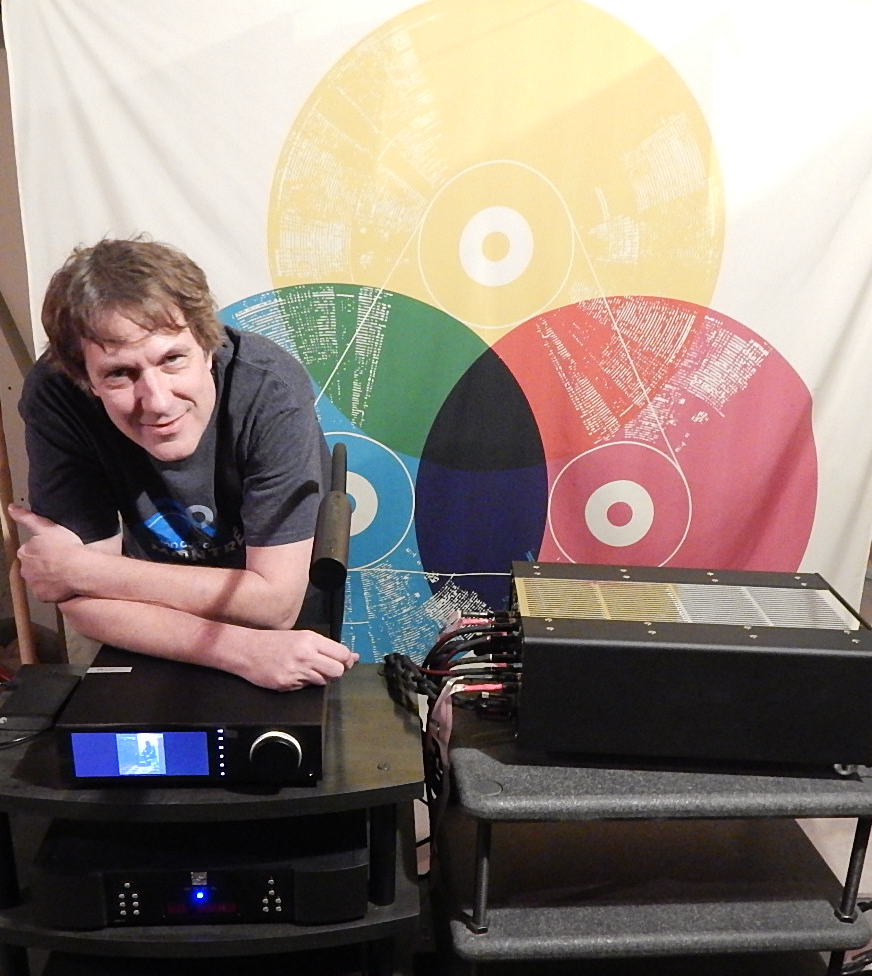
Prices are listed in US$.

I know, the best system in the world is in the ear of the beholder. So how’s this: What I have is a system that’s best-ish, in that it has tamed the upgrade beast in me and made me very happy. You could even say it’s the system that I’ve owned that comes closest to what I’ve been looking for my whole life. What was I looking for? Less mechanical. Less metal. Less circuitry. Less machine. More natural. More human.
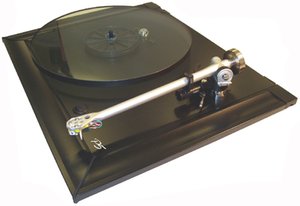
My system, however, comes with a caveat. High-ish price aside, it’s ergonomically simple. No separate amp or preamp, just an integrated amp, albeit not a cheap one. In fact, my integrated amp is, by far, my most expensive piece of gear. So, if you need, want, enjoy, crave a separate amp and preamp, or just don’t like the idea of spending 5 figures on an integrated, than my system won’t be your Shangri-La. Or will it?
I loved, and still do, separates, mostly tubed ones. I loved calling myself a tube guy—I don’t anymore—and living under a cozy set of beliefs based on 30 years of reading general audio-related information and some hands-on experience with gear, but seriously, how much hands-on experience do any of us really have? Instead, we tend to rely on product reviews and online threads and forums to form the basis of our audio reality and identity, which we then fuel and reinforce by hanging out with like-minded individuals. So, right before I heard the 37Wpc Grandinote Shinai in my home I thought I knew exactly what sort of audio I liked and wanted, and the Shinai presumably wasn’t it. Solid state? Integrated? Deal breakers, even though in recent years I’d discovered just how far the sound of integrated amps had come.
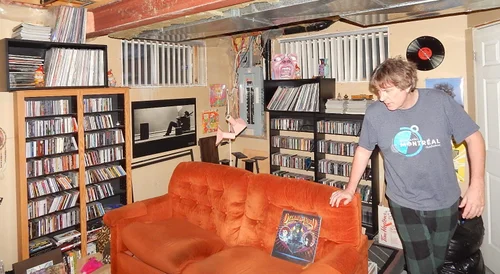
There are few things in life that I’m 100 % sure about, but here’s one of them: when it comes to system-building, synergy, rather than the amount of money spent, is where it’s at. I’ve heard $100,000 systems that couldn’t hold a candle to the musicality of a well put-together $10,000 system.
And that’s the thing about an integrated amp. Done right, by a brilliant designer working for a dedicated hi-fi company, well, you just can’t get more synergistic than that, where the preamp and amp were optimized to work together. If the design and build are done at the highest level, the preamp and amp sections of an integrated should, theoretically, be better matched to each other than two components that were ultimately not designed to work specifically together.
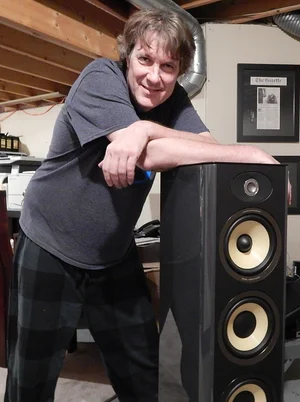
What you lose in flexibility with an integrated over separates—you can’t swap amplifiers and preamps in and out to your heart’s content with an integrated—you gain in convenience, cash savings, and, in many cases, sound quality. Long gone are the days when separates were de facto better sounding than an integrated, a category of gear that has blossomed in recent years, perhaps in no small part due to the ageing demographic of audio aficionados with discretionary income who want to simplify their lives without sacrificing quality.
But design aside, once I heard the Shinai I didn’t want to give it back. More specifically, after hearing it play music in its sweet and supple voice, going back to my vintage Antique Sound Labs AQ1009 845 DT monos, a much-lauded product when it came out but that now sounds grainy and mechanical by today’s standards, was out of the question. I deserved better!
So I bought the Shinai ($15,000), which joined a cast of components of more modest cost but also of wonderful musicality, including three sources (hey, vive la différence!): a discontinued Rega P5 turntable with a Musikraft Denon DL-103 cartridge (a sweet-sounding analog setup that casts a big, scintillating soundstage), a Moon 260D transport ($2200) (robust, unfatiguing sound), and an all-in-one Cambridge EVO 150 ($3000), which I use as a streamer and DAC and sounds much better than what you might expect from a lifestyle-ish product. Viva progress! And viva vintage! Which is what my colorful-sounding, but also discontinued, Sonic Frontiers SFP-1 Signature phono is. My speakers are the new Focal Aria K2 936s ($6000) from France, which have a rich midrange and a way of pushing air into my room that gives me a bit of that exhilarating, live-event feel. Cabling throughout includes a mix of older models by Nordost, Lessloss, and Moon Audio. More recent cables I’ve tried—very few, mind you—tended to deliver a bit more detail but also a less relaxed presentation.

Ancillary products or tweaks that have made a notable improvement to my system’s sound, mainly in the areas of imaging, soundstage cohesion and size, and real detail, are a Shunyata Research Venom PS8 power conditioner—but careful which components are plugged into which receptacles as some configurations can sound a tad sharper than others—a dedicated 20a AC power line, and quality fuses.
The latter two items, of course, are likely to draw blowback from the usual suspects, people who’ll demand to see scientific justification for what I hear and seem unwilling to accept the principal tenet of our hobby, which is that subjective listening is just that, subjective. But subjective also doesn’t mean that sonic differences don’t exist to the person hearing them. I know what I hear and that’s good enough for me. Can you imagine these same “objectivists” mocking someone’s preference for the Mac & Cheese at New Orlean’s Cochon Butcher over Kraft’s Mac & Cheese in a box? “But where’s your proof that it tastes better? If there’s a difference, it can be measured!!” Not that I think there’s anything wrong with someone who has tried both Mac & Cheeses and prefers the store-bought one. Vive le libre choix! Besides, what kind of masochist would want to live with gear that measures better but sounds worse?
I’d also like to put in a good word for today’s streaming services, such as Tidal and Qobuz, which have upped the ante considerably in terms of streaming’s sound quality, and for high-end streamers, such as the one in the Cambridge EVO 150. Streaming may not be everyone’s cup of tea, but I’ve found that using a streamer with a music management app like Roon can be a lot of fun—and a unique fun that LPs or CDs can’t provide. Roon organizes all the music at your disposal so you can effortlessly browse and compare different releases of the same album—16/44, hi-res, MQA, Extended versions, new remixes, etc.—and it’s also gotten better recently, due to a change to its algorithm, at recommending music you’ll like based on your listening preferences. I urge everyone with a streamer to take advantage of Roon’s free 1-month trial and take it from there.
So, if someone were to ask me to name what I believe is the most important factor to affect the sound of our system in our listening room, what would it be? Speaker placement. And one trick I learned too late in the audio game, that I wish someone had insisted I try before, is this: keeping the central image solid and stable, spread your speakers as far apart as possible and pointed toward you until the soundstage snaps into focus. If it works as well for you as it did for me, you’ll be tempted to send me a fruit basket in gratitude.
Above all, have fun—it is a hobby, after all—and make sure you find a system that’s a match for you. My system isn’t the most expensive, and it won’t be everyone’s Shangri-La, but it’s the best system in the world in my house.
If you have a system you’d like to talk about in our “No, I have the best system in the world!” series, let us know by dropping us a line here.


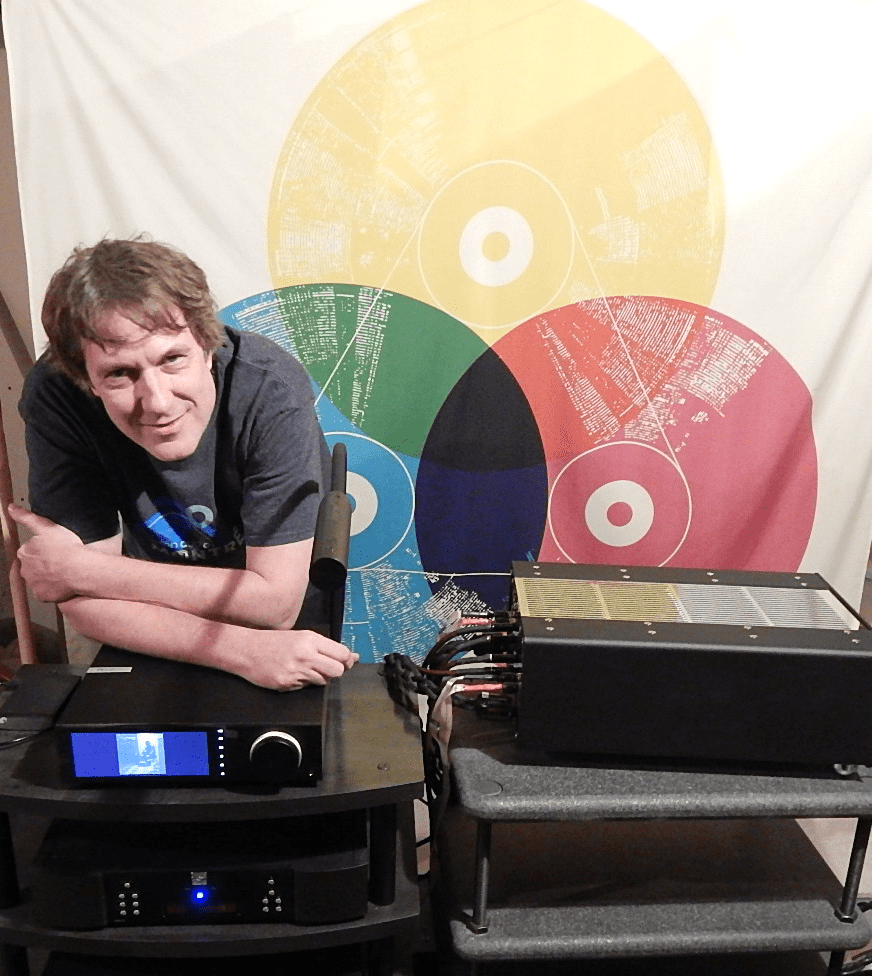







Leave a Reply